Hello everyone, I am the intelligence brother. As the summer approaches, the temperature is gradually rising, and the weather is getting hotter day by day. So what does the RV cool down in summer? It depends on the air conditioner. Today, the intelligence brother will tell you about this RV. The classification of air conditioners and their respective advantages and disadvantages, so that everyone can have a clear understanding when buying and using a RV.
1. Classification of RV air conditioners
RV air conditioners are roughly divided into two categories: driving air conditioners and parking air conditioners. The two can be distinguished from the name. One is used during the RV driving, and the other is used after arriving at the campsite.
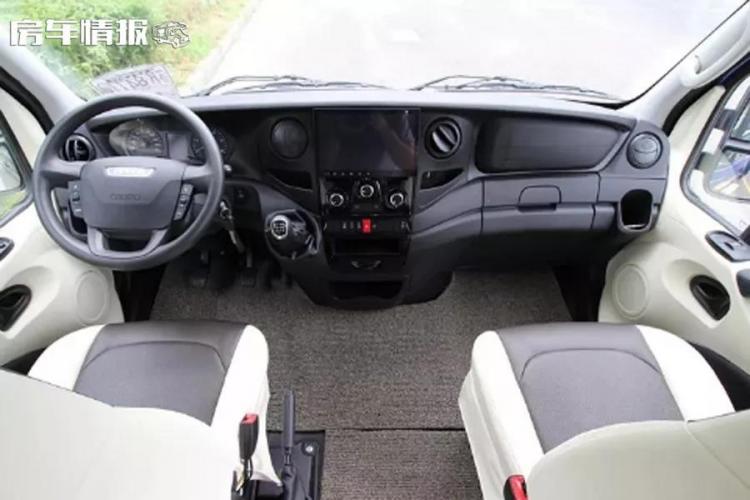
(driving air conditioner)
Driving air conditioner: It is generally used on self-propelled RVs, that is, the air conditioner used in the driver’s cab that comes with the chassis part. Generally, it needs to be directly powered by the engine during driving, and the use method is also the same as that of ordinary household cars. Same.

(Parking air conditioner)
Parking air conditioner: As the name suggests, it is an air conditioner that borrows a stable power supply when the RV arrives at the parking location. According to the different installation positions, it can be divided into top-mounted air conditioners and bottom-mounted air conditioners, and according to the function, it can be divided into heating and cooling air conditioners and single-refrigeration air conditioners. (RVs with a length of more than 5 meters generally use heating and cooling air conditioners). According to the type of air conditioner, it can be divided into household air conditioner and RV special air conditioner. From the power supply type, it can be divided into 12V, 24V, and 220V air conditioners.
Second, the advantages and disadvantages of parking air conditioners
Let me tell you about the advantages and disadvantages of each of these air conditioner types.
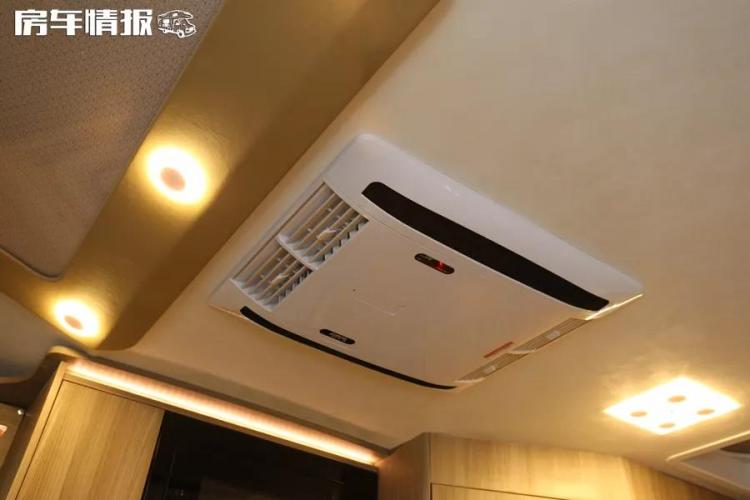
(overhead air conditioner)
First, understand the advantages and disadvantages of top-mounted air conditioners and bottom-mounted air conditioners in parking air conditioners. Top-mounted air conditioners are easier to replace and maintain than bottom-mounted air conditioners, and the cost is lower. However, the indoor unit is on the top of the RV, which will bring corresponding noise. The bottom-mounted air conditioner is generally hidden under the bed or the bottom of the deck sofa in the RV. What we can see is an air outlet, and the air outlet pipes are all hidden in the car, so the installation is more complicated and the overall cost is higher. But the overall noise is relatively small, and the cold air can be quickly transported to various areas through the pipeline, which can achieve a rapid cooling effect.
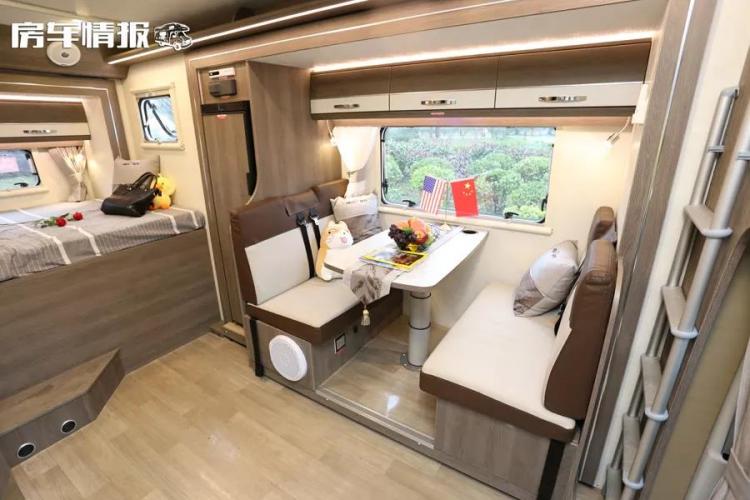
(bottom mounted air conditioner)
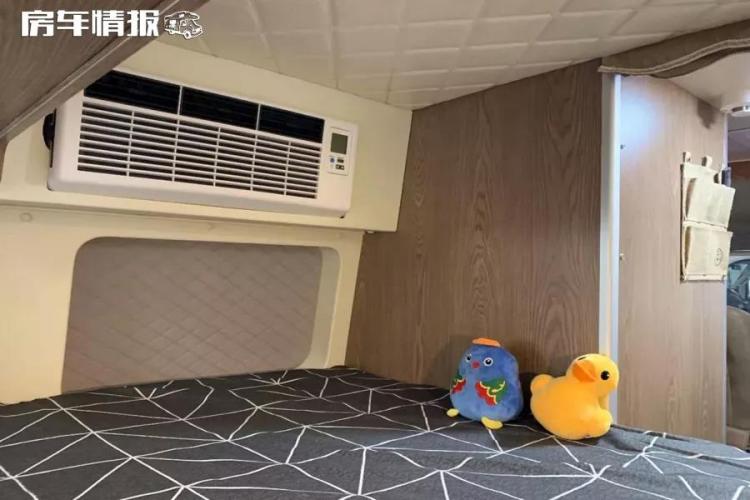
(household air conditioner)
The advantages and disadvantages of household air conditioners and RV air conditioners are that household air conditioners have good cooling effect, low noise, power saving, but take up a lot of space, while RV air conditioners are specially designed for mobile RVs, which can avoid driving vibration and foreign matter invasion. A special design guarantees safety. The disadvantage is that it is noisy and consumes more electricity.
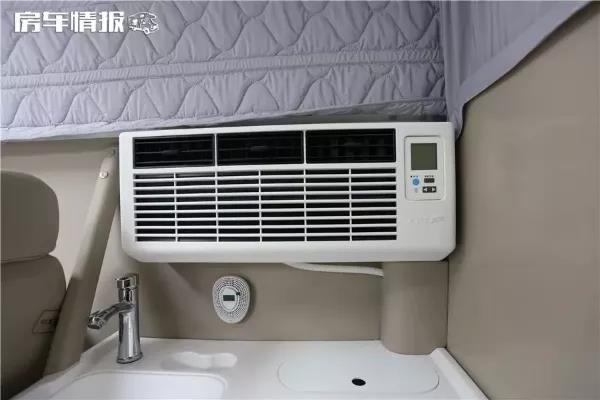
(12V frequency conversion wall-mounted air conditioner)
Finally, the advantages and disadvantages of 12V, 24V, and 220V air conditioners: Although 12V and 24V parking air conditioners are safer to use electricity, they require a lot of current and require very high battery capacity. The 220V parking air conditioner can be connected to the mains when parking in a campsite. However, if there is no external power supply, it can rely on a large-capacity battery and inverter for a short time, and it needs to be used with a generator for a long time.
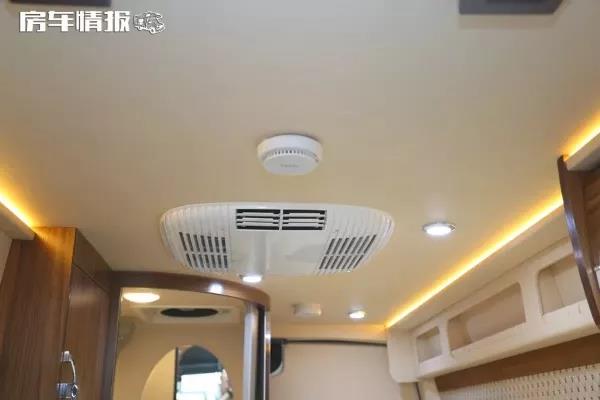
(220V parking air conditioner)
I believe that after the introduction of the intelligence brother, everyone has a clearer understanding of the classification of the air conditioners of the RV.




